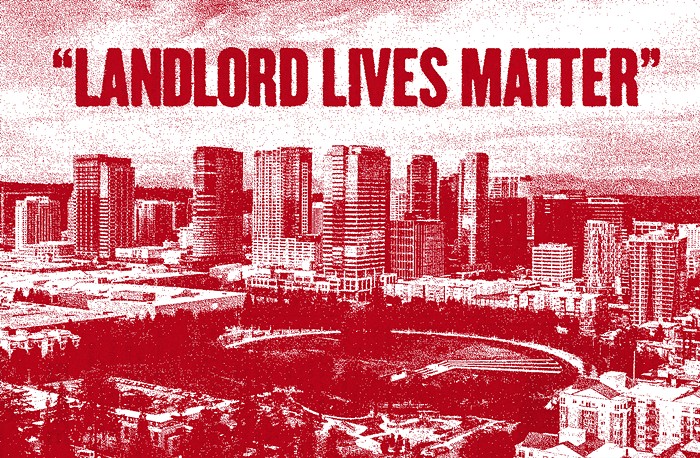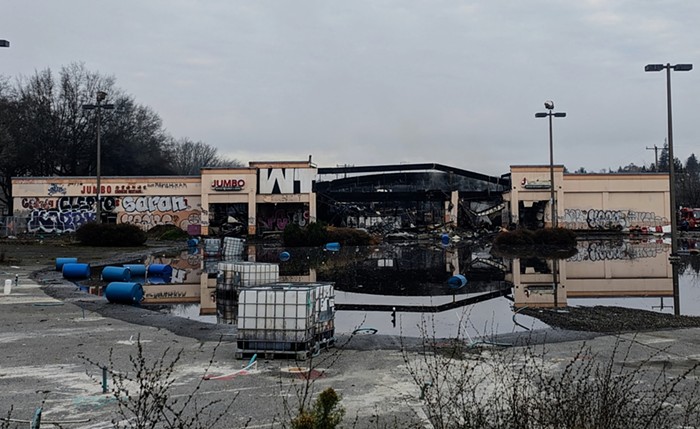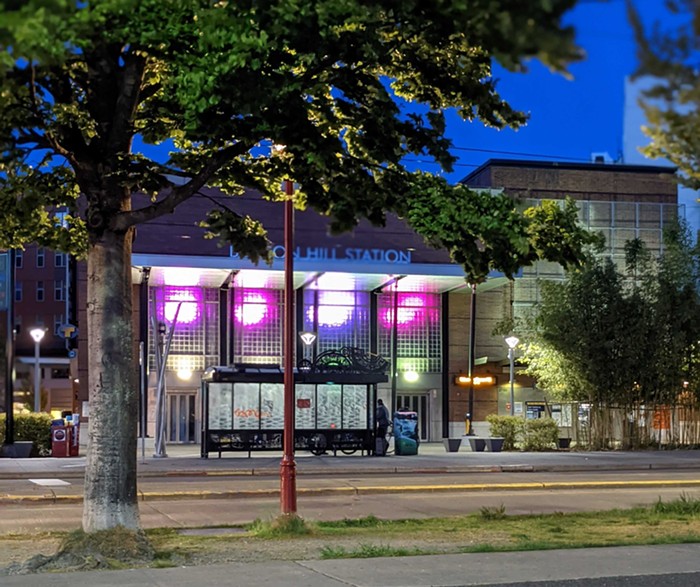
Seattle has had a decades-long conversation about density, equitable development, and how to achieve greater housing affordability and livability. The discussion suffers from a false choice between limiting growth and opening its floodgates. Some would have us believe that any and all regulation chokes housing construction and raises costs. Meanwhile others want to preserve the small town feel on their block by establishing a moratorium on development. Unfortunately, either option creates barriers for low income people to live in the city.
Perhaps the greatest messaging coup by private developers is to conflate neighborhood anger over growth with the call for reasonable housing regulations that mandate affordability. But we are living the effects of ‘free market urbanism’ in a Seattle where the majority of new housing built are luxury rentals. In Seattle a worker must earn over $29 an hour to afford an average two bedroom apartment. For this reason a ‘social justice urbanism’ must guide growth to promote equity and inclusion, ensure neighborhoods get investment, and prevent displacement of longstanding communities.
Currently 45,000 Seattle households, or one in six, spend more than half their incomes on housing. As with most cities, much of our wealth is sunk into the land, and explicit racial covenants have left a lasting segregative mark on Seattle. While such covenants are now illegal, the invisible hand of the market does the work of exacerbating segregation by pricing out low income and people of color from the pockets of affordability that still exist. If we don’t do more to intervene in displacement, the city will be just as complicit in the heightened segregation of today as when racial covenants were explicitly excluding communities of color. In five years, communities of color grew in all 39 Washington State counties—except in Seattle.
A racially inclusive and more affordable city will mean taking steps to not lose what affordable housing we already have. Between 2005 and 2015 the city permitted the demolition of almost 6,000 units of housing. Since older buildings are more likely to be affordable than new construction, this has been a hard hit on our affordable housing stock.
Last year, the city set a goal of requiring for-profit developers to contribute to 6,000 units of affordable housing over the next decade for earners up to 60% of the Area Median Income (AMI), or about $43,000 for a two person household. If we demolish units at the same rate as the previous decade we will have a zero net gain in affordable housing.
Instead we must have a 3-pronged strategy of more affordable housing supply, preservation, and intentional investment towards greater resiliency.
More Affordable Supply
To reach our goal of 6,000 affordable units the city has proposed a mandatory requirement for new developments to have 5-7% of their units set aside as affordable. The city proposes to change the zoning throughout the city so that private developers will be allowed to build taller and bigger buildings to compensate them for restricting rents, or alternatively pay a fee toward affordable housing. This was known as the “grand bargain” negotiated in the HALA committee between developers and housing advocates last year. For the first time, the city would be able to recapture increased value from upzones and redirect it toward affordable housing. But because this policy is tied to upzoning, some upzones might result in demolition of older housing stock.
For example, last year the 1309 Dexter Building—with 22 housing units affordable to food servers and flight attendants—was torn down to make room for 282 new units priced on average $6,000 more per year, according to the Seattle Times. Even if the new mandatory affordability program had been in place at the time, there would have been a net loss of affordable units – even though the new development resulted in hundreds of more market rate units.
Preservation
It doesn’t make sense to lose more than we gain. This is why we support a modest amendment to the “grand bargain” legislation to help address this problem. The amendment—up for consideration in the city council's August 2 Planning, Land Use, and Zoning Committee meeting—would require that we use a displacement risk analysis to approximate the number of existing affordable housing units demolished as a result of upzones. The mandatory affordability requirement would then be adjusted higher over the entire area being upzoned commensurate with the number of units likely to be demolished. While this doesn’t require any mitigation of increased rents from other market forces, it is a modest but necessary amendment.
Additionally, the grand bargain will have limited impact for low-income communities if we don’t also incentivize displacement prevention before housing is demolished. The areas of our city that are most ripe for redevelopment are home to the communities that are most likely to be displaced. Funds from the above-referenced affordable housing fund must be available to preserve high-value existing affordable housing. By using this fund we can help those residents who make up the fabric of our city and remain a part of their existing communities.
Investment Towards Greater Resiliency
Finally, we must invest in our communities that are most vulnerable to the forces of the free market. The Seattle Equitable Development Financial Investment Strategy is an important step in that direction. Current Equitable Development Projects are prioritized in three neighborhoods with high levels of displacement as well as a history of disinvestment: Central Area, Chinatown/ International District and Southeast Seattle. They are community driven priorities that increase access to opportunity in desirable neighborhoods that are least able to withstand the pressures of development. The projects range from cultural anchors, to places of opportunity for higher education and good paying jobs, to hubs that support cultural preservation and provide pathways to the creative industries for those who are currently excluded.
The decisions made at City Hall this year will determine whether newcomers and existing residents can share our region’s growing prosperity, or whether these same decisions will push many out. This is our opportunity to make sure Seattle remains a culturally vibrant, resilient, and affordable city for all.
This post has been updated with a correction: Rents at 1039 Dexter Building after redevelopment were $6,000 more per year, not $6,000 per month.
Lisa Herbold represents West Seattle on the Seattle City Council. Jon Grant is the former Executive Director of the Tenants Union of Washington.

















